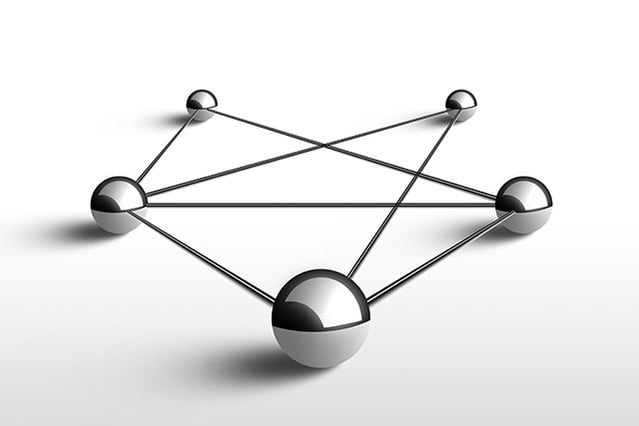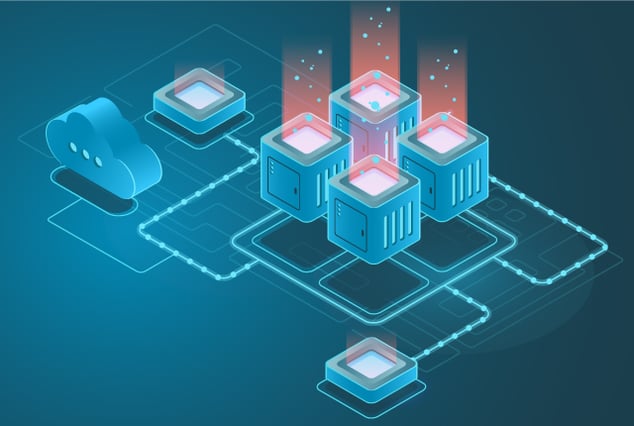Edge is a distributed system that puts forward data processing and data storage closer to the point of action or occurrence of an event. It aids in distributing data without latency and storage requirements on the network.
Introduction to Edge Computing
Edge is a distributed system that puts forward data processing and data storage closer to the point of action or occurrence of an event. Data processing at the edge makes immediate application of analytics and AI capabilities possible. Edge computing aids in distributing data without latency and reduced bandwidth and storage requirements on the network.
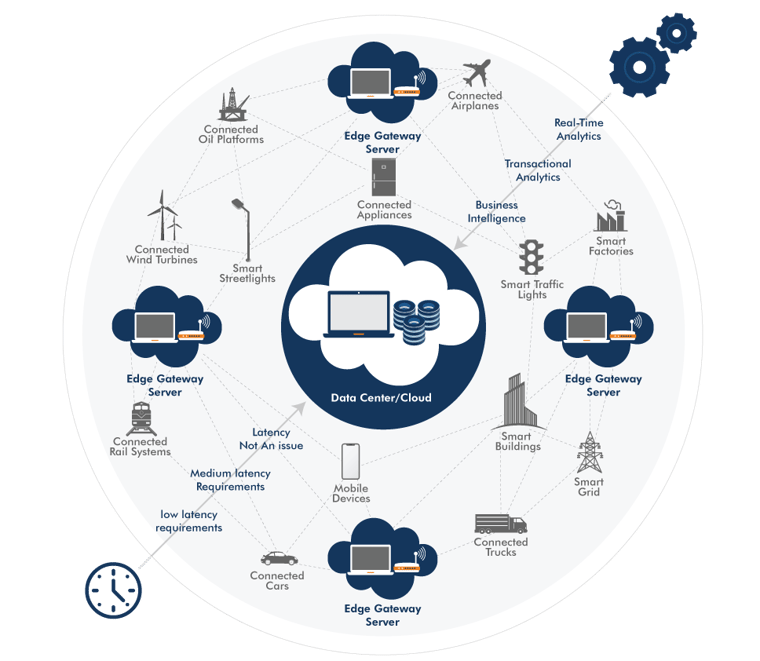
How Edge Computing Works
Edge computing allows data from internet of things devices to be analyzed at the edge of the network before being sent to a data center or cloud.

Why Edge Computing?
Despite its growing popularity, is it profitable to invest in edge computing? The below points will give a better idea of why edge computing is necessary:
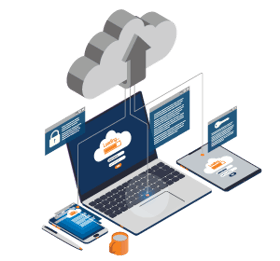
- Helps in boosting the operational capabilities
- Increases the performance and safety across all devices
- Help in automating all business processes
- Offers less expensive route to scalability
- Reduces bandwidth, resulting in low transmission cost
Edge Computing vs Cloud Computing
Edge and cloud computing are two separate terms. A cloud is an IT habitat that abstracts, pools, and shares IT assets over a network. An edge is a computing position at the end of a network, along with the hardware and software at those physical spots. Below are major points of consideration in edge vs cloud:
| Parameters | Edge Computing | Cloud Computing |
|---|---|---|
|
Performance
|
Fast
|
Slow
|
|
Operational Cost
|
Low
|
High
|
|
Data Processing
|
Stored and processed locally
|
Stored and processed over cloud
|
|
Network Traffic
|
Low
|
High
|
|
Service Location
|
In edge network
|
Within the Internet
|
|
Vulnerability
|
Low probability
|
High probability
|
|
Service Scope
|
Limited
|
Global
|
|
Hardware
|
Limited capabilities
|
Scalable capabilities
|
|
Latency
|
Low
|
High
|
|
Control
|
Distributed
|
Centralized
|
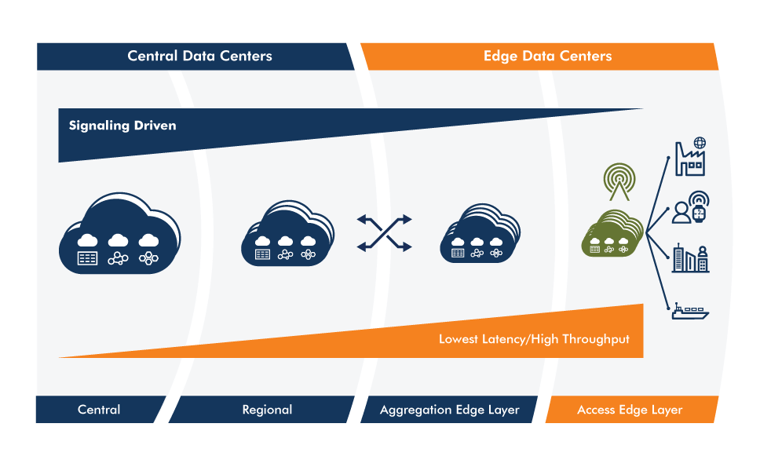
Edge Computing - Future and Market Trend
Global Edge Computing Market is Expected to Account for USD 38.65 Billion by 2028
Source: Research for Markets
Workflow of Edge Computing
Users do not have to rely on the cloud for data or computing as edge computing has a tiered architecture. Edge computing takes place where sensors and other instruments gather and process data. It quickens the processing before devices connect to IoT and send the data for further use. Edge computing will enable each farm to work without depending on the connection to the main server and make decisions based on data from local sensors.
This approach insulates the user applications and devices from non-working servers at central or regional data centers. Also, each tier is responsible for local connectivity and data synchronization in order to keep applications or devices connected to the data center.
The term “edge” means literally the edge of a distributed system, hence the name.
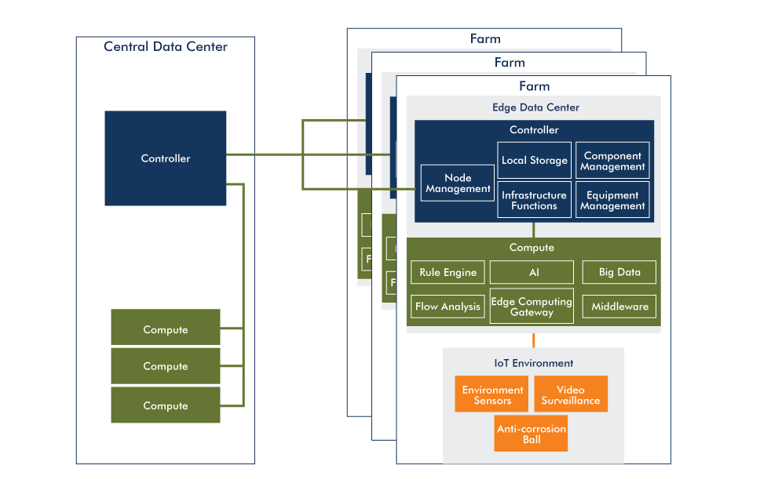
Role of QA in Edge Computing
-
The tiered architecture discussed above has a lot of components that are dependent on each other, such as:
- Edge hardware
- Edge software
- Edge gateway
- Cloud
- Connectivity
- Data synchronization
QA has a crucial role to verify the functionality of each of the above components and testing if they work together as an integrated system.
-
Also, edge computing can serve any number of edge devices which are usually IoT devices that include several components such as:
- Sensors
- Data transfer
- Interconnectivity of devices that need to be verified
-
A tester can perform the below testing approach:
- Performance testing
- Unit testing
- Integration testing
- API testing
- Database testing
- Security testing
Benefits & Challenges of Edge Computing
Benefits |
Challenges |
|---|---|
| Improved response time | Loss of data |
| Enhanced privacy & security | Geographic inconsistencies |
| Scalability | Needs more support |
| Reliability | Speed bottlenecks |
| Cost-effective | Difficult to monitor security breaches |
Conclusion
Edge computing is excessively dependent on learnings and solutions implemented in the cloud. Therefore, deployment and testing requirements need to be updated as per the new design, architecture. Testing can be beneficial not only in discovering the shortcomings but also in the system failures.
A quality assurance team can either go with the best possible strategies or emphasize the most affordable ones for the team. We at QASource have expertise in analyzing and defining the right approaches to test edge and cloud computing.
Have Suggestions?
We would love to hear your feedback, questions, comments and suggestions. This will help us to make us better and more useful next time.
Share your thoughts and ideas at knowledgecenter@qasource.com



